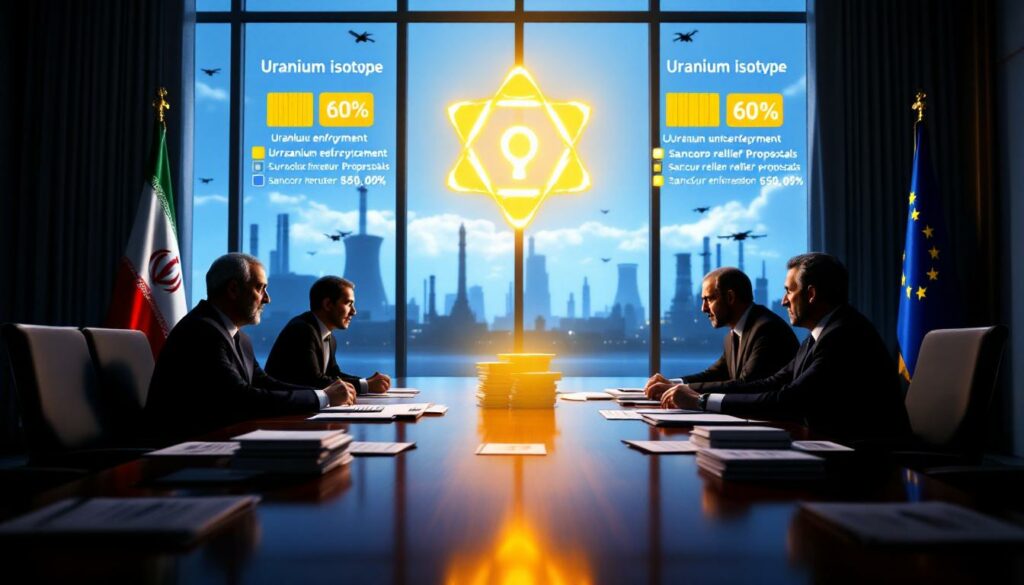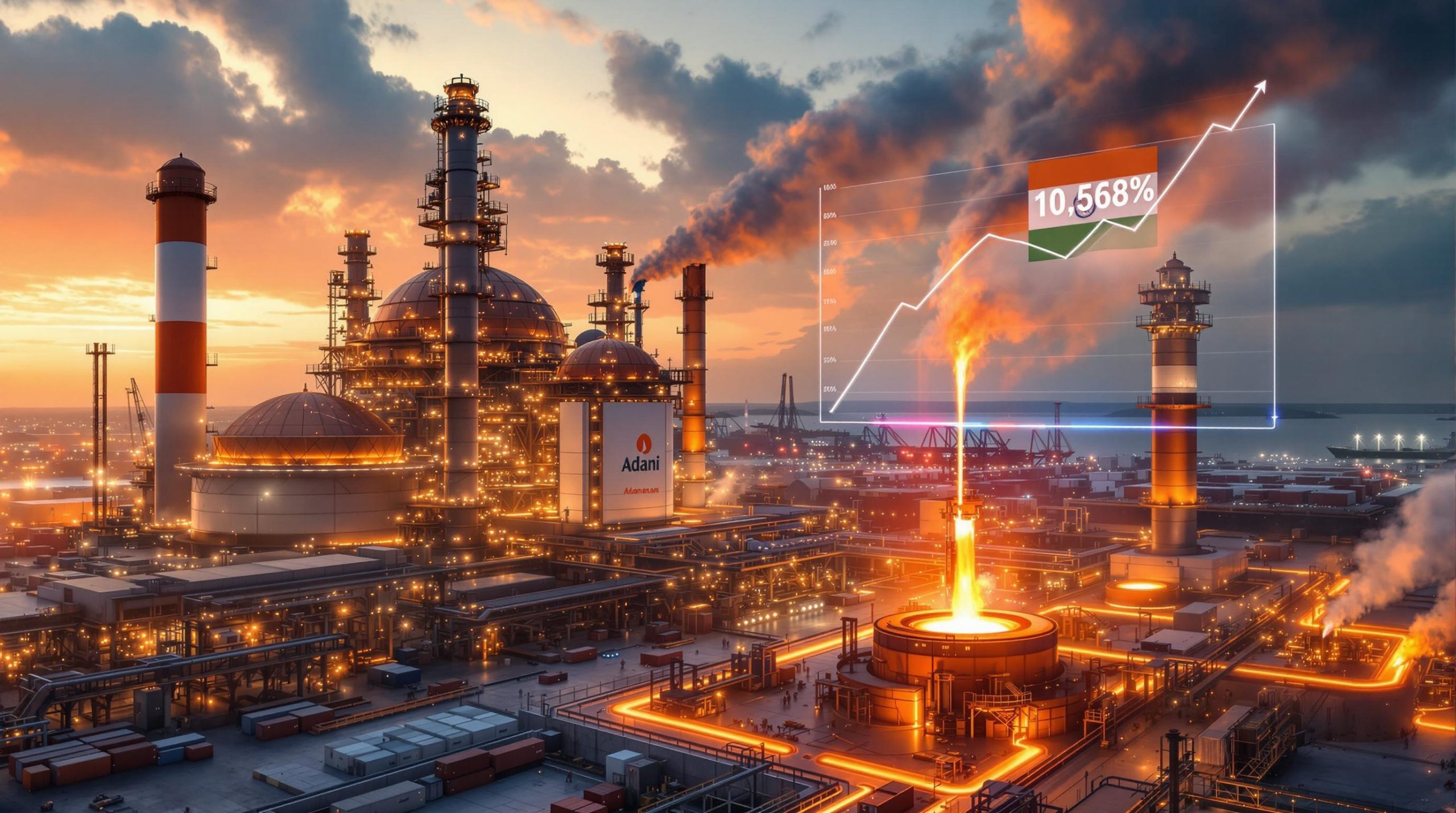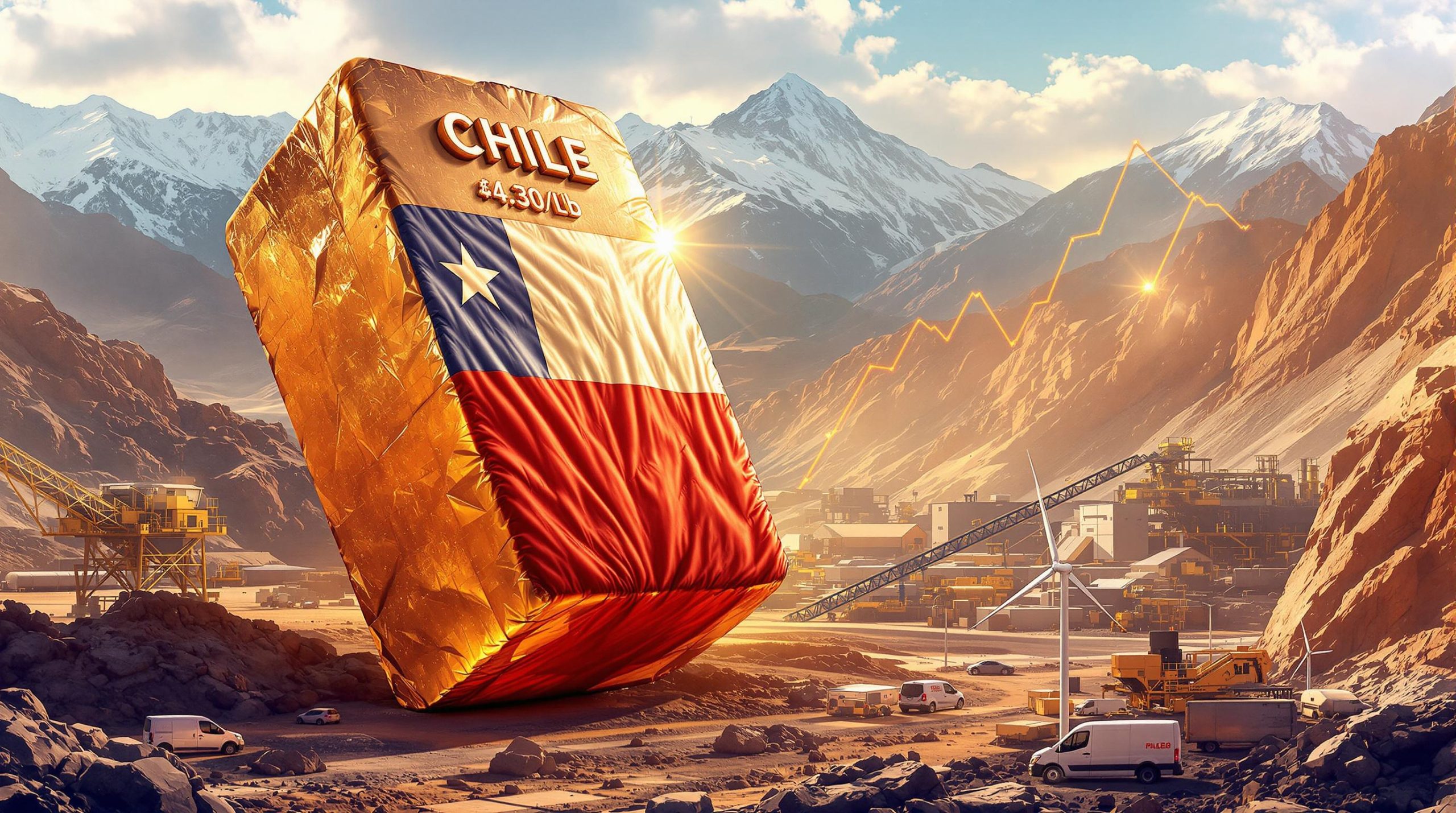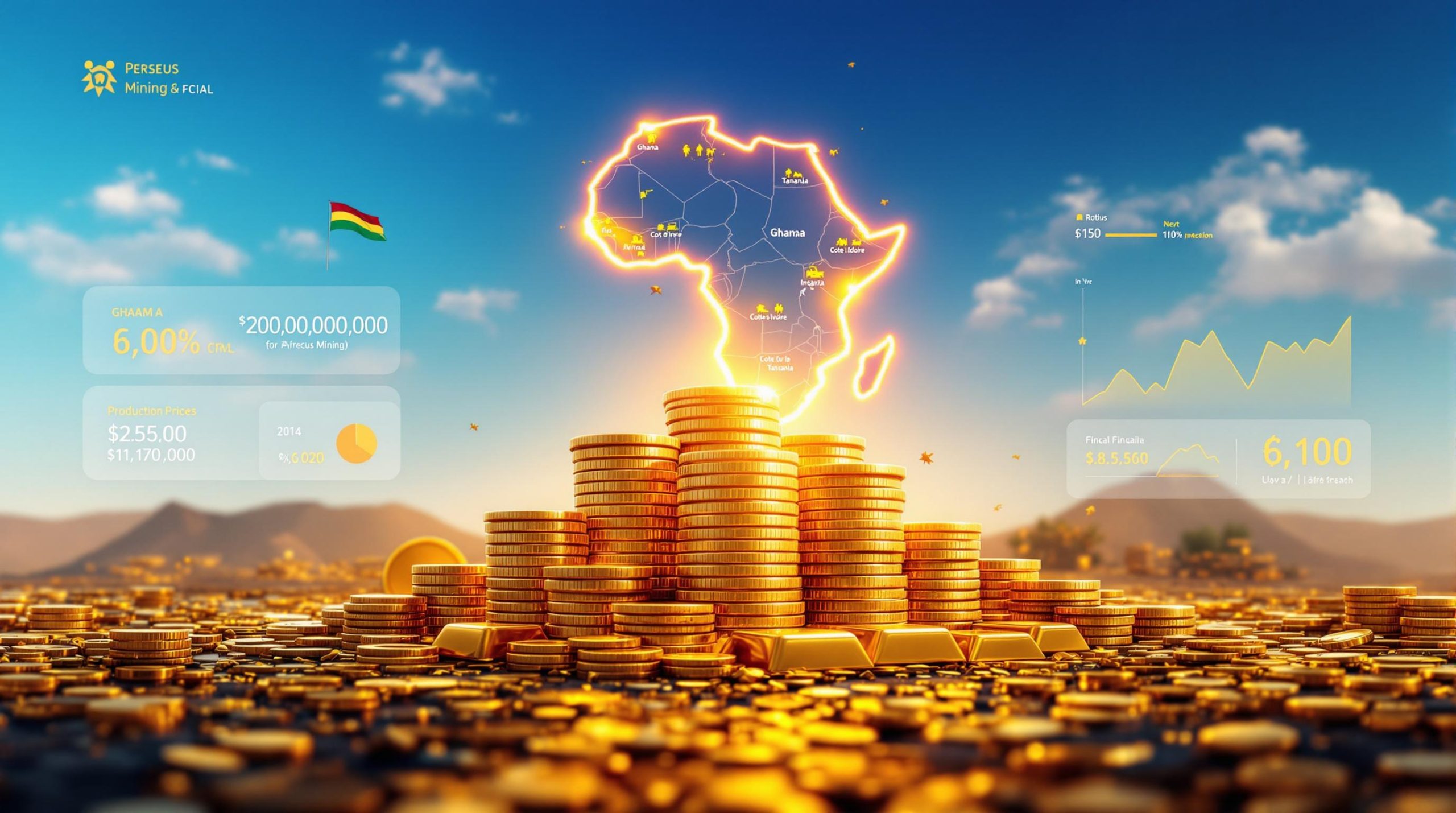What Are the Key Issues in Iran's Nuclear Negotiations?
Iran's agreement to resume nuclear talks with European powers marks a significant diplomatic development as regional tensions reach new heights. At the center of these discussions is Iran agrees to new round of nuclear talks amid rising tensions, which has been a source of international concern for decades.
The upcoming negotiations, scheduled for July 25, 2025, in Istanbul, represent a potential turning point in the long-standing dispute. European powers (Britain, France, and Germany, known collectively as E3) have set a firm deadline of late August 2025 to reach an agreement, or they will trigger the "snapback" mechanism to reinstate all UN sanctions against Iran.
"In response to the request of European countries, Iran has agreed to hold a new round of talks," Iranian Foreign Ministry spokesman Esmail Baghaei confirmed on state television. This announcement comes after Iran suspended cooperation with the International Atomic Energy Agency (IAEA) following reported US and Israeli strikes on its nuclear facilities in June 2025.
The stakes couldn't be higher. The outcome of these negotiations will determine whether Iran faces renewed international isolation and economic pressure or whether a diplomatic solution can prevent further military escalation while addressing legitimate security concerns of all parties involved.
"The snapback mechanism is our leverage," noted one EU diplomat speaking on condition of anonymity. "Russia and China cannot block it, which gives us considerable negotiating power."
Why Is Iran Returning to Nuclear Negotiations Now?
Mounting International Pressure
Iran's decision to return to the negotiating table comes amid increasing diplomatic isolation and economic strain. The E3's late August deadline represents a concrete threat that would devastate Iran's already struggling economy if triggered.
The "snapback" mechanism is particularly potent because it would reinstate all previous UN sanctions without requiring approval from Russia or China—Iran's most powerful diplomatic allies. This unique feature of the original Joint Comprehensive Plan of Action (JCPOA) gives European powers significant leverage in the current negotiations.
Iran's economy, still recovering from previous rounds of sanctions, faces the prospect of even more severe restrictions on oil exports, international banking access, and technology imports. Economic indicators suggest that renewed sanctions could accelerate inflation beyond its current 30% rate and push unemployment to crisis levels, particularly among Iran's youthful population.
Strategic Timing After Recent Attacks
The timing of these negotiations is equally significant, coming just weeks after reported US and Israeli strikes on Iranian nuclear facilities in June 2025. These military actions prompted Iran to suspend its cooperation with the IAEA, limiting international oversight of its nuclear activities.
By agreeing to talks now, Tehran may be attempting to prevent further military escalation while seeking formal assurances against future attacks on its infrastructure. Iranian negotiators have explicitly stated that any agreement must include security guarantees protecting Iran's sovereignty and key facilities.
The July 20 meeting between Russian President Vladimir Putin and Ali Larijani, a top adviser to Iran's supreme leader, further illustrates the complex diplomatic maneuvering at play. According to Kremlin spokesperson Dmitry Peskov, "Larijani conveyed Iran's assessments of the situation around the Iranian nuclear program, and Putin shared Russia's well-known positions."
What Are the Key Sticking Points in the Upcoming Talks?
Iran's Uranium Enrichment Activities
The most contentious issue remains Iran's stockpile of highly enriched uranium, estimated at approximately 400 kilograms enriched to 60% purity. This enrichment level far exceeds the 3.67% limit established in the original 2015 JCPOA and approaches the 90% threshold needed for weapons-grade material.
"Iran's continued enrichment at 60% remains our red line," an unnamed US official stated. "Any agreement must address this stockpile as a priority."
The technical aspects of uranium enrichment add complexity to the negotiations:
| Enrichment Level | Purpose | JCPOA Limit | Current Status |
|---|---|---|---|
| 3-5% | Civilian power reactors | 3.67% maximum | Exceeded |
| 20% | Research reactors | Prohibited | In production |
| 60% | No civilian use | Prohibited | ~400kg stockpile |
| 90%+ | Weapons-grade | Prohibited | Not confirmed |
Verification mechanisms also remain in dispute. Iran's suspension of cooperation with IAEA inspectors following the June 2025 strikes has created significant monitoring gaps. Negotiators must agree on a framework for restoring comprehensive oversight, including inspector access to suspected sites and continuous electronic monitoring.
Sanctions Relief Framework
The scope and timing of sanctions removal continues to be a major point of contention. Iran demands immediate economic relief as a precondition for compliance, while Western powers insist on verified nuclear program limitations before significant sanctions lifting.
Key sanctions areas under discussion include:
- Banking sector restrictions that limit Iran's access to international financial systems
- Oil export sanctions that have reduced Iran's energy revenues by billions of dollars
- Technology access limitations affecting industries from aviation to healthcare
- Asset freezes targeting key individuals and institutions
Both sides disagree on the sequencing of relief. Iran's proposal calls for front-loaded economic benefits, while Western negotiators favor a gradual, milestone-based approach tied to verified compliance with nuclear limitations.
Regional Security Concerns
Unlike the original JCPOA, current negotiations may address broader security issues that extend beyond Iran's nuclear program. Western powers have expressed concerns about Iran's ballistic missile development program and support for regional proxy forces.
Tehran maintains these issues are separate from nuclear discussions and that its missile capabilities are non-negotiable aspects of national defense. Iranian negotiators emphasize sovereignty rights and point to regional arms sales to neighboring countries as justification for maintaining defensive capabilities.
The negotiations may need to establish a framework for broader regional security discussions that could eventually include Saudi Arabia, Israel, and other key stakeholders in a more comprehensive Middle East security architecture.
How Could the Talks Impact Global Energy Markets?
Potential Oil Supply Implications
A successful nuclear agreement could significantly reshape global oil markets by allowing Iran to fully restore its export capacity. Before sanctions, Iran exported approximately 2.5 million barrels per day (bpd), compared to current estimates of roughly 500,000 bpd through sanctions-evading channels.
The potential addition of 1-2 million barrels daily to global supply would likely exert downward pressure on oil prices, particularly in a market already concerned about demand growth. Current Brent crude prices hovering around $85 per barrel could face pressure toward the $70-75 range if Iranian exports fully resume.
Market Impact Disclaimer: Projections about oil price movements represent expert analysis based on historical patterns but cannot guarantee future market performance. Investors should consider multiple factors beyond geopolitics when making investment decisions.
OPEC+ would face difficult decisions about production quotas if Iran returns to full export capacity. The organization's current framework doesn't account for a full Iranian return, meaning existing producers would likely need to reduce output to accommodate Iranian volumes or accept lower prices.
Natural Gas Development Prospects
Beyond oil, Iran holds the world's second-largest natural gas reserves at an estimated 1,200 trillion cubic feet—resources that remain largely underdeveloped due to sanctions-related technology restrictions.
A comprehensive agreement could unlock significant development opportunities in natural gas fields like South Pars/North Dome (shared with Qatar). Western technology access would be critical for developing these offshore resources efficiently and connecting them to export markets.
European energy diversification strategies, accelerated by the need to reduce Russian gas dependence, could potentially include Iranian supplies via pipeline through Turkey or future LNG export facilities. However, such projects would face competition from established suppliers including:
- Qatar's expanding LNG export capacity
- US LNG shipments to Europe
- Eastern Mediterranean gas developments
- Existing Russian pipeline infrastructure
Energy infrastructure development timelines mean that even with an immediate agreement, Iranian gas would not significantly impact European supply for at least 5-7 years.
Who Are the Key Players in the Nuclear Negotiations?
European Diplomatic Leadership
Britain, France, and Germany (E3) have taken the lead role in the upcoming Istanbul talks, scheduled at the deputy foreign minister level for July 25, 2025. These European powers are attempting to balance their alliance with the United States against their independent diplomatic approach toward Iran.
The E3's primary leverage comes from the UN sanctions "snapback" mechanism, which allows them to unilaterally reimpose previous UN sanctions if Iran fails to comply with nuclear limitations. This mechanism cannot be blocked by Russia or China's UN Security Council vetoes, giving it unique force in international diplomacy.
European negotiators also represent significant potential economic partners for Iran, with historical trade relationships in energy, manufacturing, and agricultural sectors that could be restored under a successful agreement.
Russia's Diplomatic Engagement
Russia maintains a complex position in the negotiations, demonstrated by President Putin's meeting with Iranian nuclear advisor Ali Larijani on July 20, 2025. Moscow has consistently opposed military strikes on Iranian facilities while maintaining technical assistance to certain aspects of Iran's nuclear program, particularly the Bushehr civilian power reactor.
The Kremlin must balance supporting Iran against maintaining workable relations with Western powers and Israel. According to Kremlin spokesperson Peskov, Putin "shared Russia's well-known positions" during the meeting with Larijani, likely reiterating support for a diplomatic solution while opposing military action.
Russia's role is complicated by its own strained relations with Western powers over Ukraine and other issues. However, Moscow has historically supported a controlled resolution to the Iranian nuclear issue that prevents both weapons development and military confrontation.
United States' Position
The current US administration has signaled interest in a broader agreement while maintaining a firm stance on enrichment limitations. Although direct US-Iran talks were scheduled to take place in Oslo earlier in July 2025, they were postponed indefinitely, indicating significant diplomatic challenges.
US officials have issued explicit warnings about potential military responses if Iran resumes high-level enrichment activities or expels international inspectors completely. This dual-track approach of diplomacy backed by military options reflects domestic political considerations and security commitments to regional allies.
The administration faces complex calculations regarding:
- Balancing diplomatic engagement with military deterrence
- Addressing concerns of regional allies, particularly Israel and Saudi Arabia
- Managing domestic political pressures from both supporters and critics of engagement
- Coordinating policy with European partners while maintaining independent options
What Are the Potential Outcomes of the Nuclear Talks?
Scenario 1: Interim Agreement
The most likely near-term outcome appears to be an interim agreement that freezes the most concerning aspects of Iran's nuclear program in exchange for limited sanctions relief. This approach would create space for more comprehensive negotiations by extending the window beyond the August deadline.
Key elements of a potential interim agreement might include:
- Temporary halt to 60% uranium enrichment activities
- IAEA inspectors regaining access to key monitoring sites
- Limited sanctions relief, particularly in humanitarian sectors
- Commitments to continue negotiations on broader issues
This arrangement would serve as a confidence-building measure, allowing both sides to demonstrate good faith while avoiding immediate escalation. Historical precedent for such interim steps exists in the 2013 Joint Plan of Action that preceded the comprehensive 2015 JCPOA.
Scenario 2: Comprehensive Deal
A more ambitious but less likely outcome would be a comprehensive agreement addressing all major nuclear concerns while providing substantial sanctions relief. Such a deal would represent a significant diplomatic achievement but faces considerable obstacles given the complexity of issues and limited negotiating time.
A comprehensive agreement would likely include:
- Strict limits on enrichment levels (returning to 3.67% maximum)
- Significant reduction of existing enriched uranium stockpiles
- Enhanced verification mechanisms with "anytime, anywhere" inspector access
- Phased sanctions relief tied to verified compliance milestones
- Potential framework for addressing regional security concerns
The timeline for implementing such an agreement would stretch over months or years, with specific technical milestones for both nuclear limitations and sanctions relief.
Scenario 3: Breakdown in Negotiations
The failure of talks remains a distinct possibility given the substantial differences between the parties and limited negotiating time. A breakdown could trigger the European "snapback" mechanism, reinstating all UN sanctions and potentially leading to:
- Further isolation of Iran's economy from global markets
- Increased risk of military confrontation over nuclear facilities
- Accelerated Iranian nuclear development with reduced international oversight
- Heightened regional tensions and proxy conflicts
This scenario represents the highest-risk outcome with significant implications for regional stability and global energy markets. Military options might gain increased consideration if diplomatic paths appear exhausted, particularly if Iran moves toward higher enrichment levels.
Warning: Military confrontation carries substantial escalation risks that could impact the entire Middle East region and global energy supplies. Historical evidence suggests limited effectiveness of military strikes in permanently setting back nuclear programs.
How Does the Nuclear Dispute Connect to Broader Regional Tensions?
Impact on Middle East Stability
The Iranian nuclear negotiations cannot be separated from ongoing conflicts in Gaza, Lebanon, and Yemen, where Iranian support for various groups serves as both leverage in negotiations and extension of regional influence.
Recent months have seen intensifying conflict dynamics including:
- Expanded Houthi maritime attacks affecting shipping lanes
- Exchange of fire between Israel and Hezbollah across the Lebanon border
- Drone strikes against regional energy infrastructure
Iran's relationships with these proxy forces represent a form of strategic depth and asymmetric capability that extends beyond its nuclear program. Any comprehensive regional stability framework would eventually need to address these relationships, though Iran rejects direct linkage to nuclear negotiations.
Israel's security concerns remain paramount in regional calculations. Israeli officials have repeatedly stated they reserve the right to take independent action against what they perceive as existential threats, including potential Iranian nuclear weapons capability.
Saudi Arabia and Gulf states are monitoring the talks with strategic interest, balancing their own security concerns about Iran with pragmatic diplomatic engagement. Recent Saudi-Iranian dialogue has reduced some tensions but fundamental security competition remains.
Global Energy Security Implications
Recent attacks on energy infrastructure highlight the vulnerability of global supply chains to regional conflicts. Houthi attacks on shipping in the Red Sea and Gulf of Aden have forced vessels to take longer routes around Africa, increasing costs and delivery times for energy supplies and other goods.
Kurdistan oil production disruptions from drone strikes have temporarily reduced output by approximately 200,000 barrels per day, affecting regional supply balances and demonstrating the vulnerability of energy infrastructure to asymmetric attacks.
Energy market volatility has increased in response to these developments, with risk premiums reflected in futures contracts. Insurance rates for vessels transiting high-risk areas have risen substantially, adding to overall energy transportation costs.
The potential for broader regional conflict affecting major oil production centers remains a significant concern for energy security planners. Saudi Arabia, Iraq, UAE, and Kuwait collectively produce over 15 million barrels daily, and significant disruption would have immediate global price impacts.
FAQ: Iran Nuclear Negotiations
What is the "snapback" mechanism mentioned in the nuclear talks?
The snapback mechanism is a provision within the 2015 JCPOA that allows participating countries to unilaterally reimpose all previous UN sanctions if Iran violates the agreement. This mechanism was specifically designed to circumvent potential vetoes by Russia or China in the UN Security Council, giving it unique force in international diplomacy.
If triggered by the E3 countries after the August deadline, the snapback would automatically restore all pre-2015 UN sanctions, regardless of objections from other powers. This would affect Iranian banking, shipping, energy exports, and technology imports, creating significant additional pressure on Iran's economy.
How close is Iran to developing nuclear weapons capability?
While Iran maintains its nuclear program is exclusively for peaceful purposes, technical assessments indicate its current capabilities place it within months of potential weapons capability if political decisions were made to pursue that path.
The approximately 400 kilograms of 60% enriched uranium in Iran's stockpile represents the most concerning element. Further enrichment to weapons-grade (90%+) could be accomplished relatively quickly given existing technical infrastructure. However, weaponization would involve additional steps beyond enrichment, including warhead design and delivery system integration.
It's important to note that no evidence has confirmed an active Iranian weapons program, and religious edicts (fatwas) from Iran's Supreme Leader have declared nuclear weapons prohibited under Islamic law. However, technical capability and political intent remain separate considerations in security assessments.
What happened to the original 2015 nuclear deal?
The Joint Comprehensive Plan of Action (JCPOA) was signed in 2015 after years of negotiations between Iran and six world powers (US, UK, France, Germany, Russia, and China). The agreement imposed strict limitations on Iran's nuclear program in exchange for sanctions relief.
Key developments in the agreement's history include:
- 2015: JCPOA signed, implementing strict enrichment limits and monitoring
- 2018: United States unilaterally withdrew and reimposed sanctions
- 2019: Iran began exceeding enrichment limits in response
- 2021-2022: Revival attempts through negotiations in Vienna
- 2023: Talks stalled amid increasing regional tensions
- 2025: Current negotiations attempt to salvage elements of the framework
Despite efforts to maintain the agreement after US withdrawal, full compliance has not been restored by either side. Iran has progressively increased enrichment levels and reduced inspector access, while sanctions have remained largely in place.
How would new sanctions affect Iran's economy?
Reinstating UN sanctions would significantly impact Iran's already struggling economy across multiple sectors:
- Oil exports: Further restrictions could reduce Iran's current limited exports (approximately 500,000 bpd), cutting government revenue
- Banking sector: Renewed financial isolation would limit access to foreign currency and international transactions
- Import capacity: Restrictions on technology and industrial imports would affect manufacturing and infrastructure development
- Inflation and currency: Previous sanctions rounds led to substantial rial devaluation and inflation spikes
These economic pressures would likely accelerate inflation (currently around 30%), increase unemployment (especially among youth), and potentially lead to heightened domestic unrest. Iran's economic resilience has improved through diversification and sanction-evasion mechanisms, but full UN sanctions would still create significant hardship.
Note: Economic projections are
Want to Spot the Next Major ASX Discovery Before the Market?
Discover why significant mineral finds can lead to exceptional returns by exploring Discovery Alert's dedicated discoveries page. Powered by the proprietary Discovery IQ model, Discovery Alert provides real-time notifications on major ASX mineral announcements, giving you the market edge needed to make informed investment decisions before the broader market reacts.




